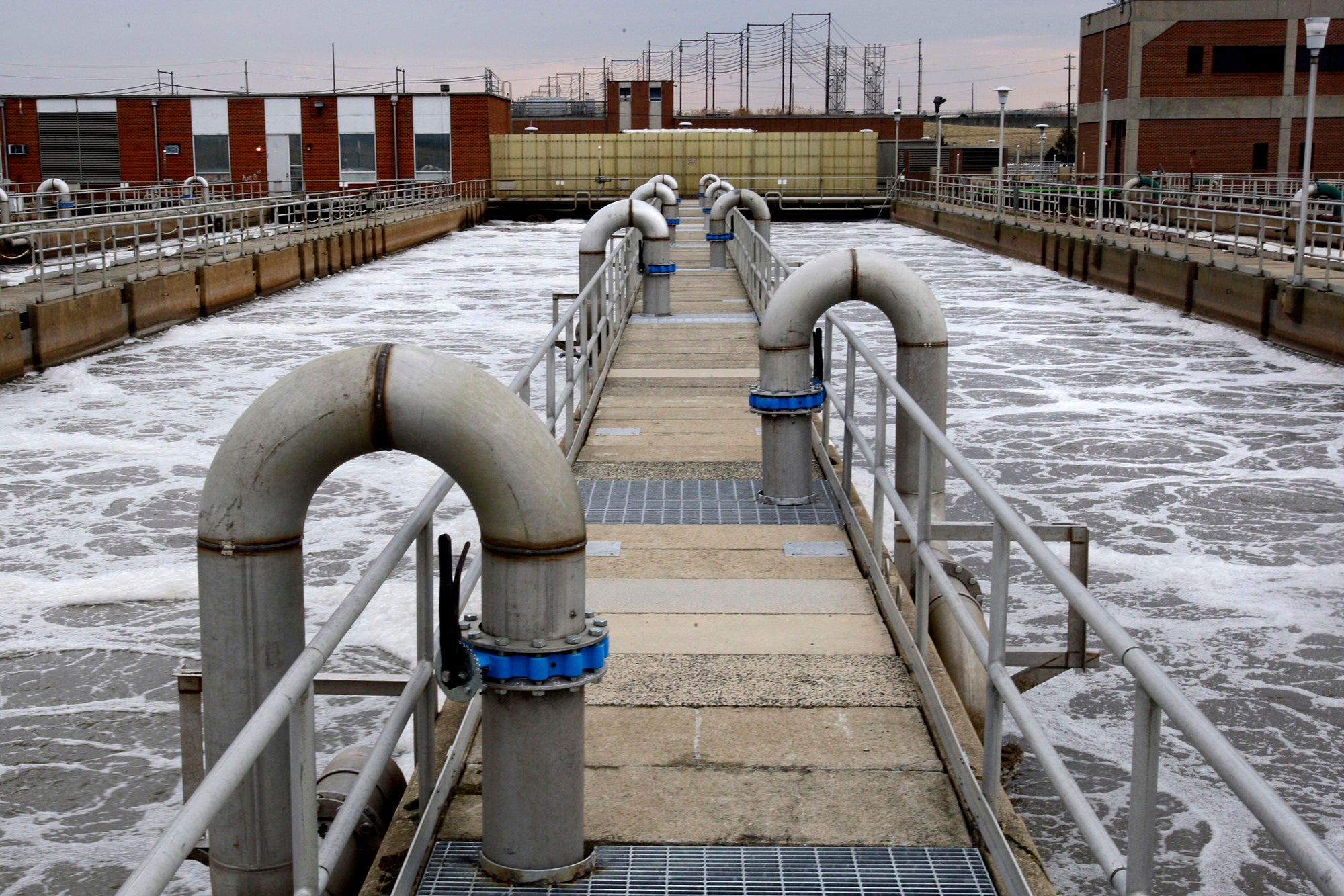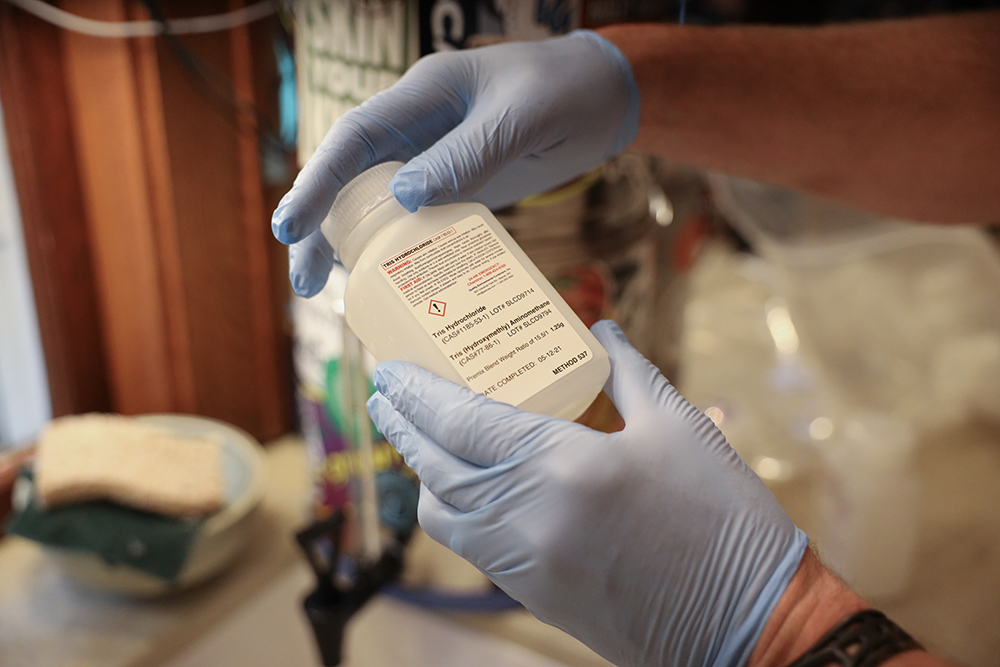The state Natural Resources Board has unanimously approved new regulations changing the way the Wisconsin Department of Natural Resources measures bacterial contamination in waterways.
The DNR currently uses fecal coliform to determine contamination levels that might be harmful to public health. But the U.S. Environmental Protection Agency has recommended using E. coli levels to determine the risk of illness for people swimming or recreating in waters.
Marcia Willhite, the agency’s water evaluation section chief, said the switch is needed to remain eligible for federal beach grants used by local governments to monitor pollution from a variety of sources. She said those include potential discharge from treated sewage and animals.
Stay informed on the latest news
Sign up for WPR’s email newsletter.
“It’s an ongoing challenge and that’s why local communities really do rely on these funds,” she said.
The new regulations will also mean changes for some wastewater treatment plants.
“We also require that wastewater treatment plants that are discharging water into waterbodies that people recreate in to limit the bacteria in their discharge,” she said.
Around 40 percent of the state’s 356 treatment plants might have to increase disinfection under the new criteria. The DNR estimates that will cost them around $2 million each year, but the agency said financial assistance will be available.
Willhite said treatment plants will be required to meet new criteria as their permits are reissued.
Hearings On PFAS Standards
The board also approved Wednesday public hearings on establishing state standards for polyfluoroalkyl substances, known as PFAS, in drinking and surface water, as well as creating groundwater standards for more contaminants.
PFAS chemicals are commonly found in nonstick cookware and firefighting foam. Elevated levels of the chemicals have been found at dozens of sites and waterbodies across Wisconsin, including Madison, Milwaukee, Green Bay and Superior. Research has linked the chemicals to developmental issues in children, thyroid disorder and cancer.
The DNR is proposing to hold simultaneous hearings on setting standards for surface water in Madison, Eau Claire and Green Bay next month.
The agency is also proposing to hold three public hearing on 16 new proposed groundwater standards and revisions to 11 standards, including for two of the most widely studied PFAS compounds — PFOA and PFOS. Current groundwater standards have been developed for more than 146 substances of concern for public health and welfare.
The criteria would apply to all regulated facilities, including wastewater treatment plants, septic tanks and spill sites. The new standards are expected to have a significant economic impact, which the agency estimates could be greater than $5 million.
The DNR estimates it will take more than three years to develop rules to create groundwater standards. The Wisconsin Department of Health Services issued a recommended groundwater standard of 20 parts per trillion for PFOA and PFOS in June.
The DNR will also hold several public hearings on new drinking water standards for PFAS, PFOA and PFOS. The U.S. EPA has issued a lifetime health advisory level of 70 parts per trillion, but no federal standard currently exists.
Business groups like Wisconsin Manufacturers and Commerce, as well as water utilities, have expressed concern with the development of standards and their ability to pay for cleanup or treatment under new regulations.
The board can authorize the DNR to begin writing regulations after the hearings.
Wisconsin Public Radio, @ Copyright 2024, Board of Regents of the University of Wisconsin System and Wisconsin Educational Communications Board. The Associated Press contributed to this report. All rights reserved. This material may not be published, broadcast, rewritten or redistributed.





